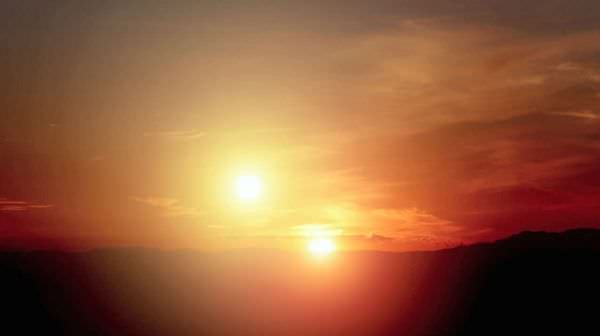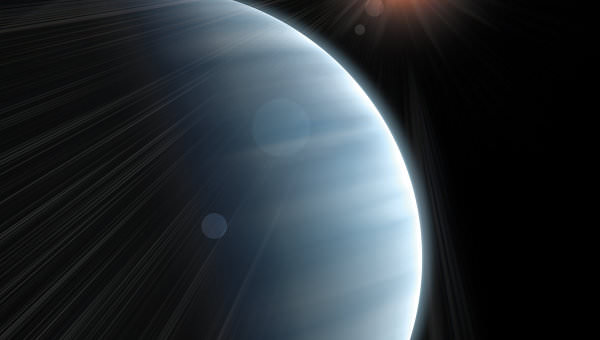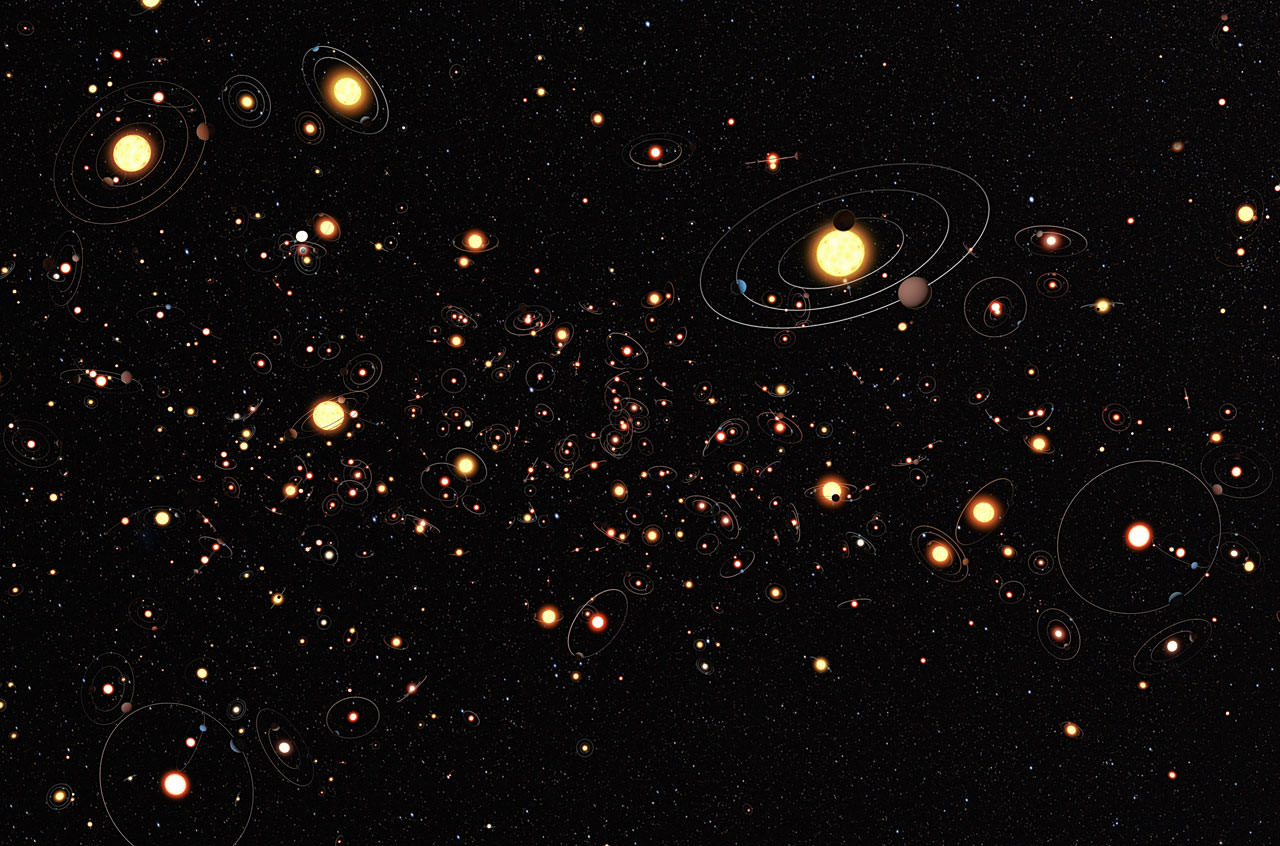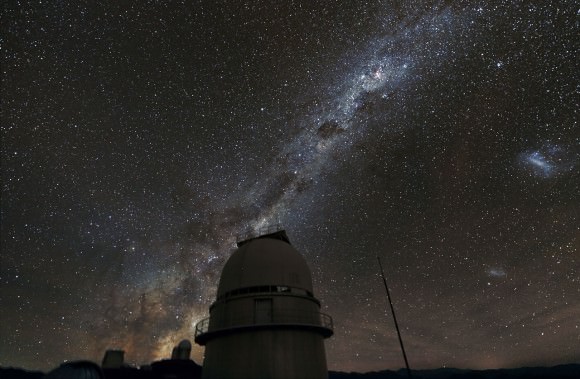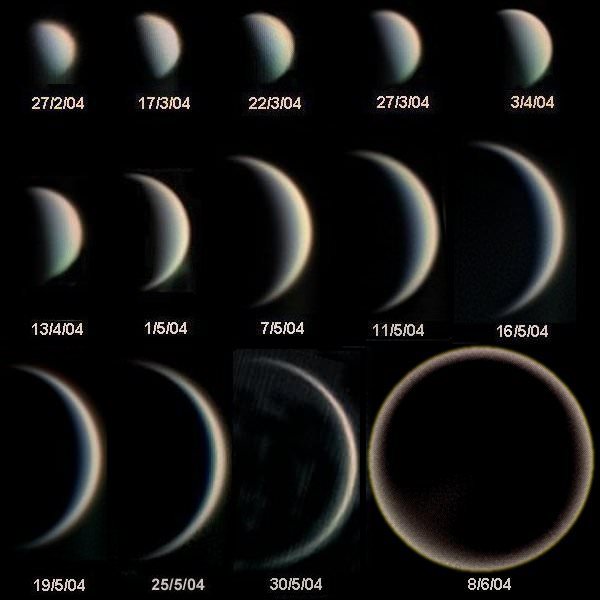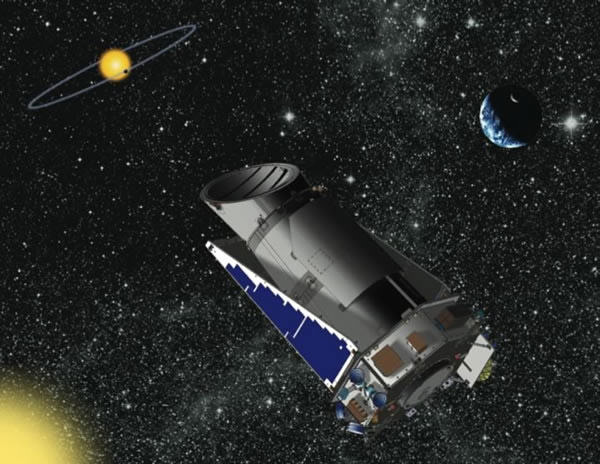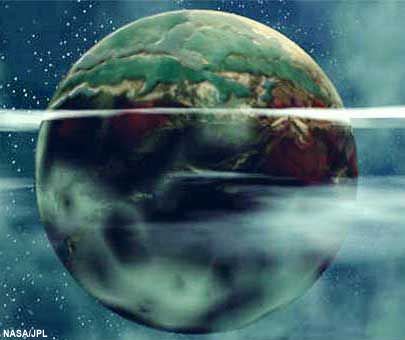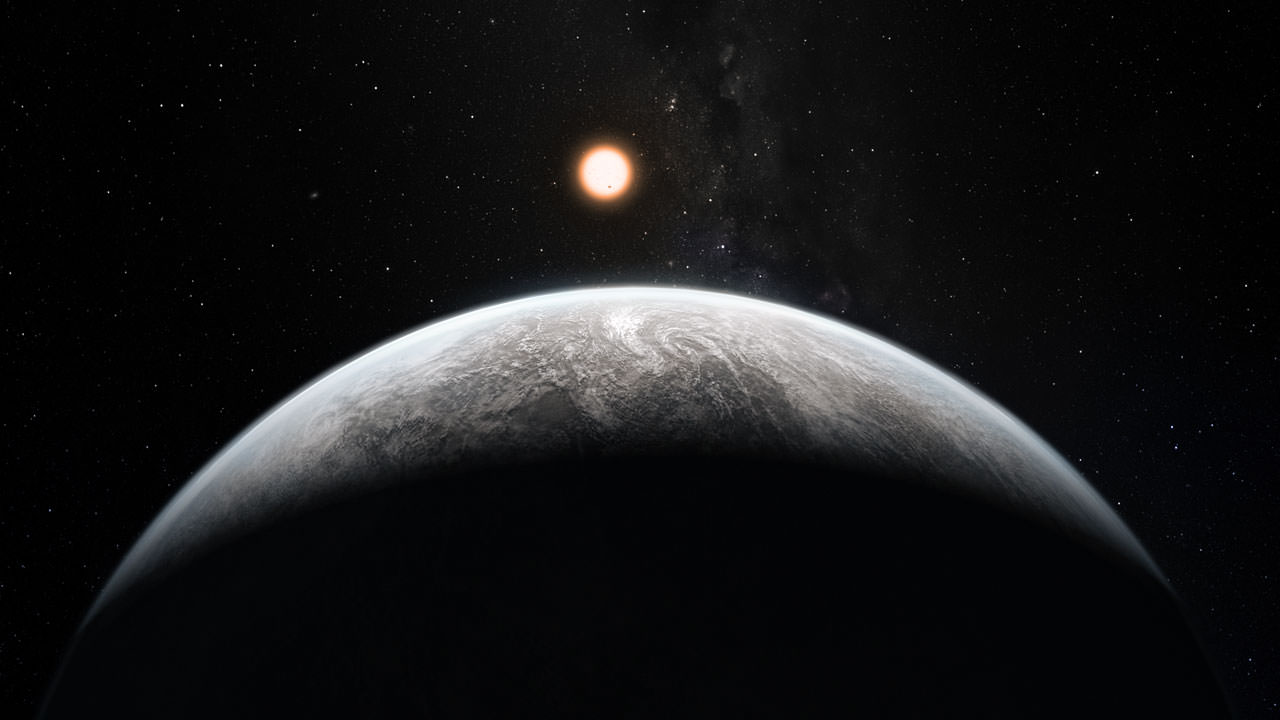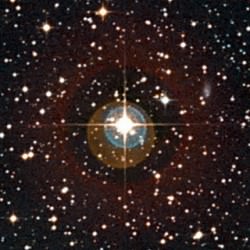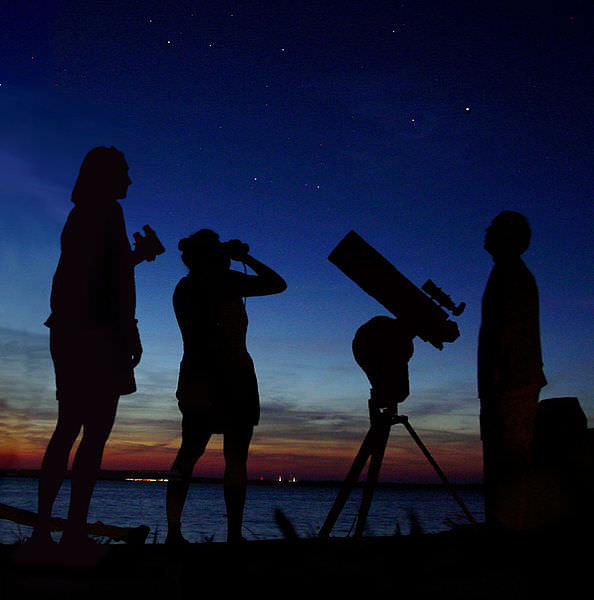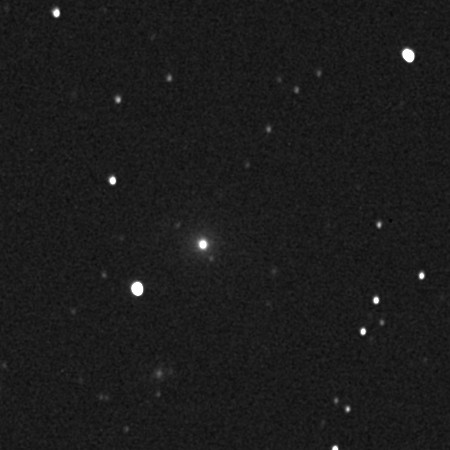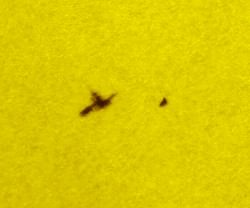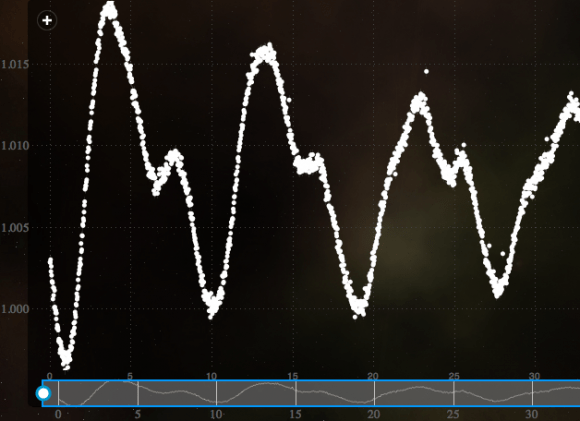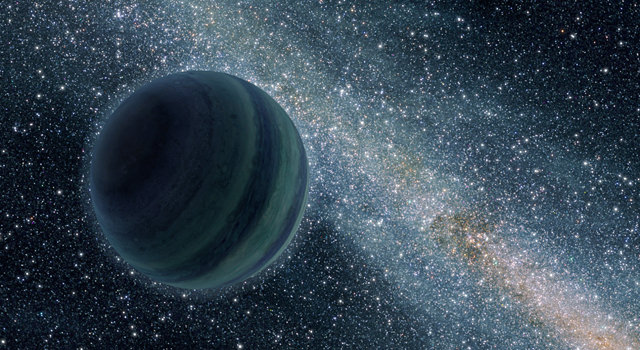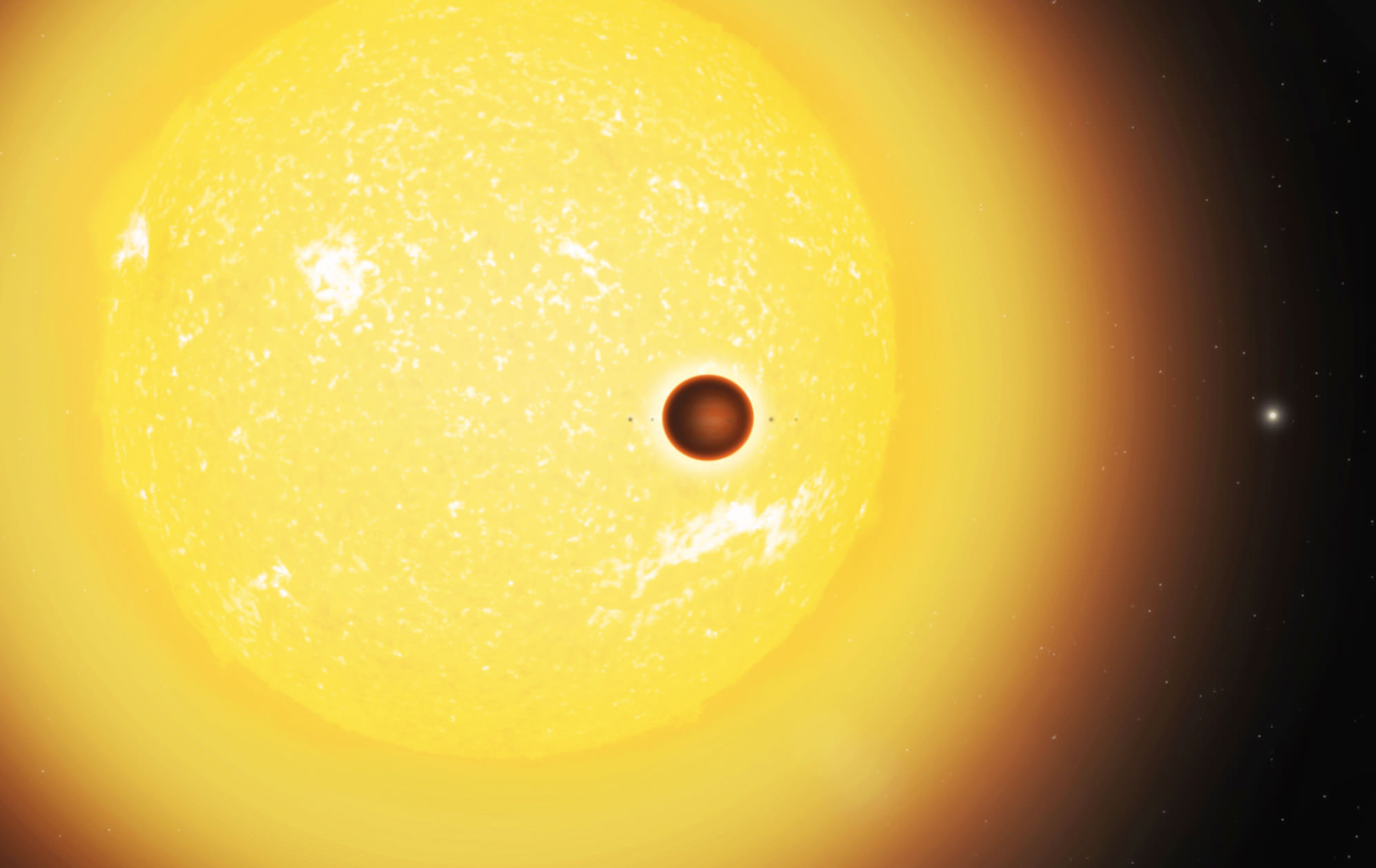[/caption]
As the number of exoplanets being discovered continues to increase dramatically, a growing number are now being found which orbit within their stars’ habitable zones. For smaller, rocky worlds, this makes it more likely that some of them could harbour life of some kind, as this is the region where temperatures (albeit depending on other factors as well) can allow liquid water to exist on their surfaces. But there is another factor which may prevent some of them from being habitable after all – tidal heating, caused by the gravitational pull of one star, planet or moon on another; this effect which creates tides on Earth’s oceans can also create heat inside a planet or moon.
The findings were presented at the January 11 annual meeting of the American Astronomical Society in Austin, Texas.
The habitability factor is determined primarily by the amount of heat coming from the planet’s star. The closer a planet is to its star, the hotter it will be, and the farther out it is, the cooler it will be. Simple enough, but tidal heating adds a new wrinkle to the equation. According to Rory Barnes, a planetary scientist and astrobiologist at the University of Washington, “This has fundamentally changed the concept of a habitable zone. We figured out you can actually limit a planet’s habitability with an energy source other than starlight.”
This effect could cause planets to become “tidal Venuses.” In these cases, the planets orbit smaller, dimmer stars, where in order to be in that star’s habitable zone, they would need to orbit much closer in to the star than Earth does with the Sun. The planets would then be subjected to greater tidal heating from the star, enough perhaps to cause them to lose all of their water, similar to what is thought to have happened with Venus in our own solar system (ie. a runaway greenhouse effect). So even though they are within the habitable zone, they would lack oceans or lakes.
What’s problematic is that these planets could subsequently actually have their orbits altered by the tidal heating so that they are no longer affected by it. They would then be more difficult to distinguish from other planets in those solar systems which may still be habitable. While technically still within the habitable zone, they would have effectively been sterilized by the tidal heating process.
Planetary scientist Norman Sleep at Stanford University adds: “We’ll have to be careful when assessing objects that are very near dim stars, where the tides are much stronger than we feel on present-day Earth. Even Venus now is not substantially heated by tides, and neither is Mercury.”
In some cases, tidal heating can be a good thing though. The tidal forces exerted by Jupiter on its moon Europa, for example, are thought to create enough heat to allow a liquid water ocean to exist beneath its outer ice crust. The same may be true for Saturn’s moon Enceladus. This makes these moons still potentially habitable even though they are far outside of the habitable zone around the Sun.
By design, the first exoplanets being found by Kepler are those that orbit closer in to their stars as they are easier to detect. This includes smaller, dimmer stars as well as ones more like our own Sun. The new findings, however, mean that more work will need to be done to determine which ones really are life-friendly and which ones are not, at least for “life-as-we-know-it” anyway.


